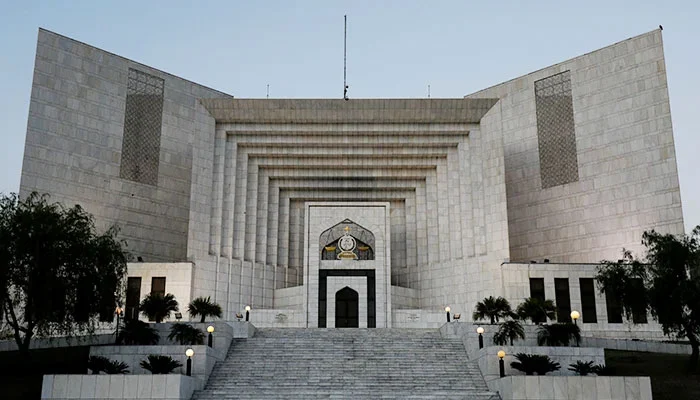Islamabad – The All Pakistan Gems and Jewelers Association has reported a slight drop in gold prices across the country. The price of gold per tola has decreased by Rs 400, bringing it to Rs 240,200. Similarly, the price for 10 grams of gold has fallen by Rs 343, now selling at Rs 206,276.
This decline in domestic gold prices mirrors a similar trend in the international market. The price of gold globally has seen a reduction of $4, settling at $2,332 per ounce.
The current decrease in gold prices has various implications for consumers and the market. Gold, often seen as a safe-haven asset, has its price influenced by a multitude of factors including geopolitical tensions, currency fluctuations, and economic indicators. The recent decline can be attributed to a combination of these factors.
Factors Contributing to the Decline
Global Market Trends: The reduction in the international gold price by $4 per ounce indicates a broader trend affecting the gold market. This could be due to recent fluctuations in the value of the US dollar, interest rate adjustments by central banks, or changes in investor sentiment.
Economic Indicators: Economic data, such as employment rates, inflation figures, and GDP growth, also play a crucial role in determining gold prices. Positive economic indicators often lead to a stronger currency, which can reduce the demand for gold as an investment, thereby lowering its price.
Geopolitical Factors: Geopolitical stability or instability can have a significant impact on gold prices. In times of uncertainty or conflict, investors tend to flock to gold as a safe-haven asset, driving prices up. Conversely, periods of relative calm and stability can lead to a reduction in gold prices.
Impact on Local Market
For local consumers and jewelers, the decrease in gold prices presents both opportunities and challenges. Consumers looking to purchase gold jewelry or invest in gold may find this a favorable time to buy, taking advantage of the lower prices. On the other hand, jewelers and those holding gold inventories may see a reduction in the value of their holdings.
Historical Context
Historically, gold prices have shown considerable volatility, influenced by various macroeconomic and geopolitical factors. Over the past few years, gold prices have been on an upward trajectory due to economic uncertainties, particularly during the COVID-19 pandemic when investors sought safe-haven assets. The current slight decline might be a temporary adjustment or part of a longer-term trend, depending on future economic conditions and market dynamics.
Future Outlook
Predicting the future movement of gold prices involves considering several variables. Analysts and investors will be watching economic indicators closely, including upcoming reports on inflation, interest rates, and currency movements. Additionally, geopolitical developments will be monitored for their potential impact on market stability and investor confidence.
The recent Rs 400 decrease in the price of gold per tola, bringing it to Rs 240,200, and the Rs 343 drop per 10 grams to Rs 206,276, reflect a broader trend observed in the global market, where gold prices have decreased by $4 per ounce to $2,332. This development has significant implications for both consumers and the market at large. As with any commodity, gold prices are subject to a variety of influences, making it essential for investors and consumers to stay informed about economic and geopolitical conditions.
While the current decline may be seen as a temporary market adjustment, it also serves as a reminder of the inherent volatility in gold prices. Both local and international factors will continue to shape the gold market, and stakeholders should remain vigilant and responsive to ongoing changes.



